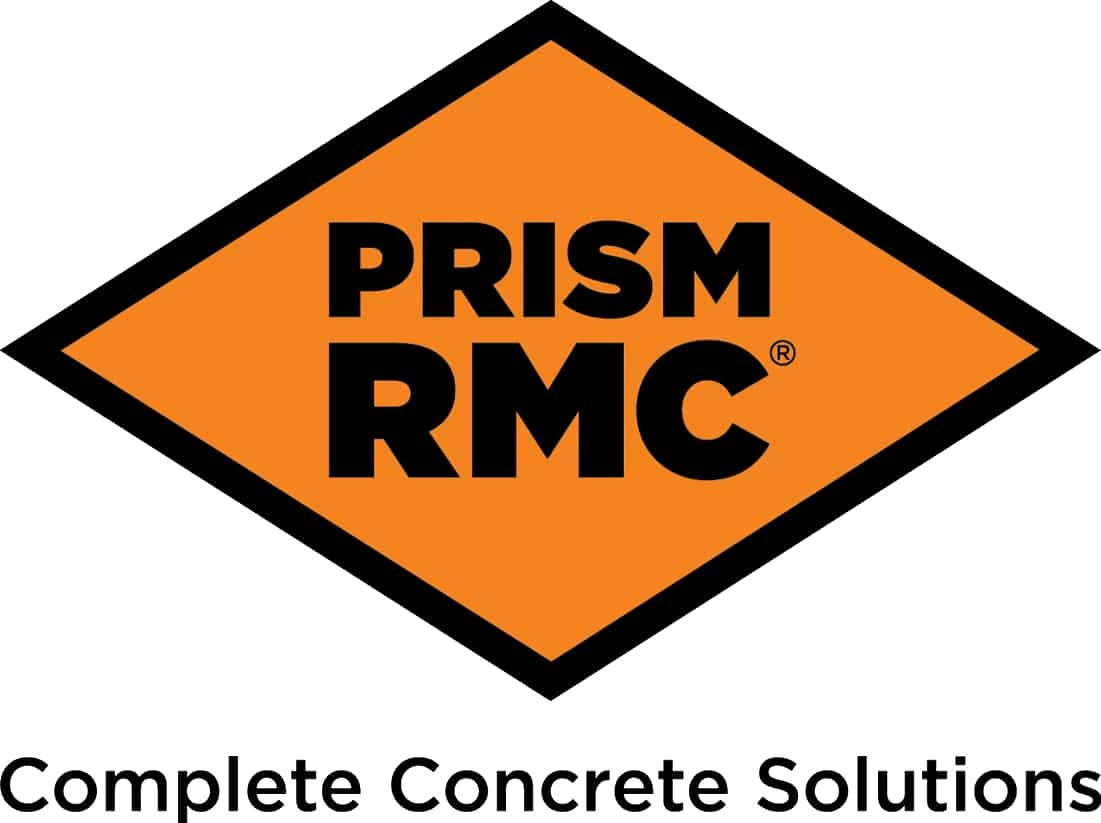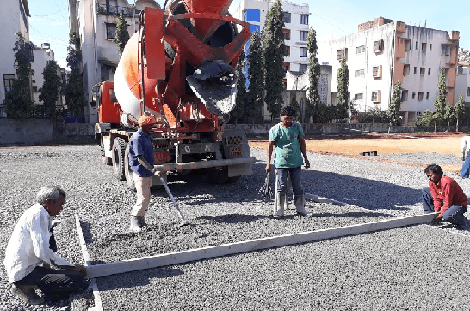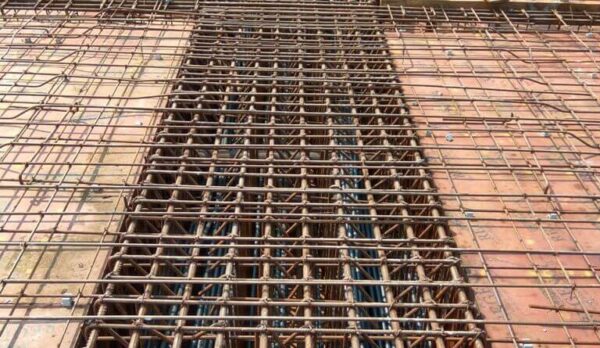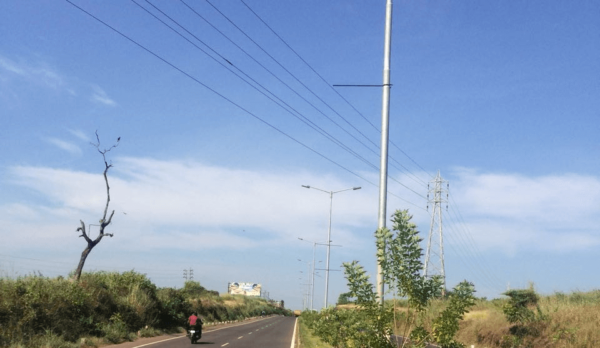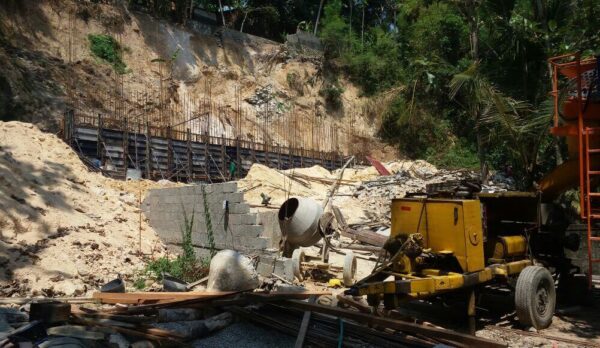
Business Planning
Stakeholder relations

Years of Excellence

Best Awarded Company
We are dedicated to support you
Expert Team
Target Fulfil
We are dedicated to serve you all time
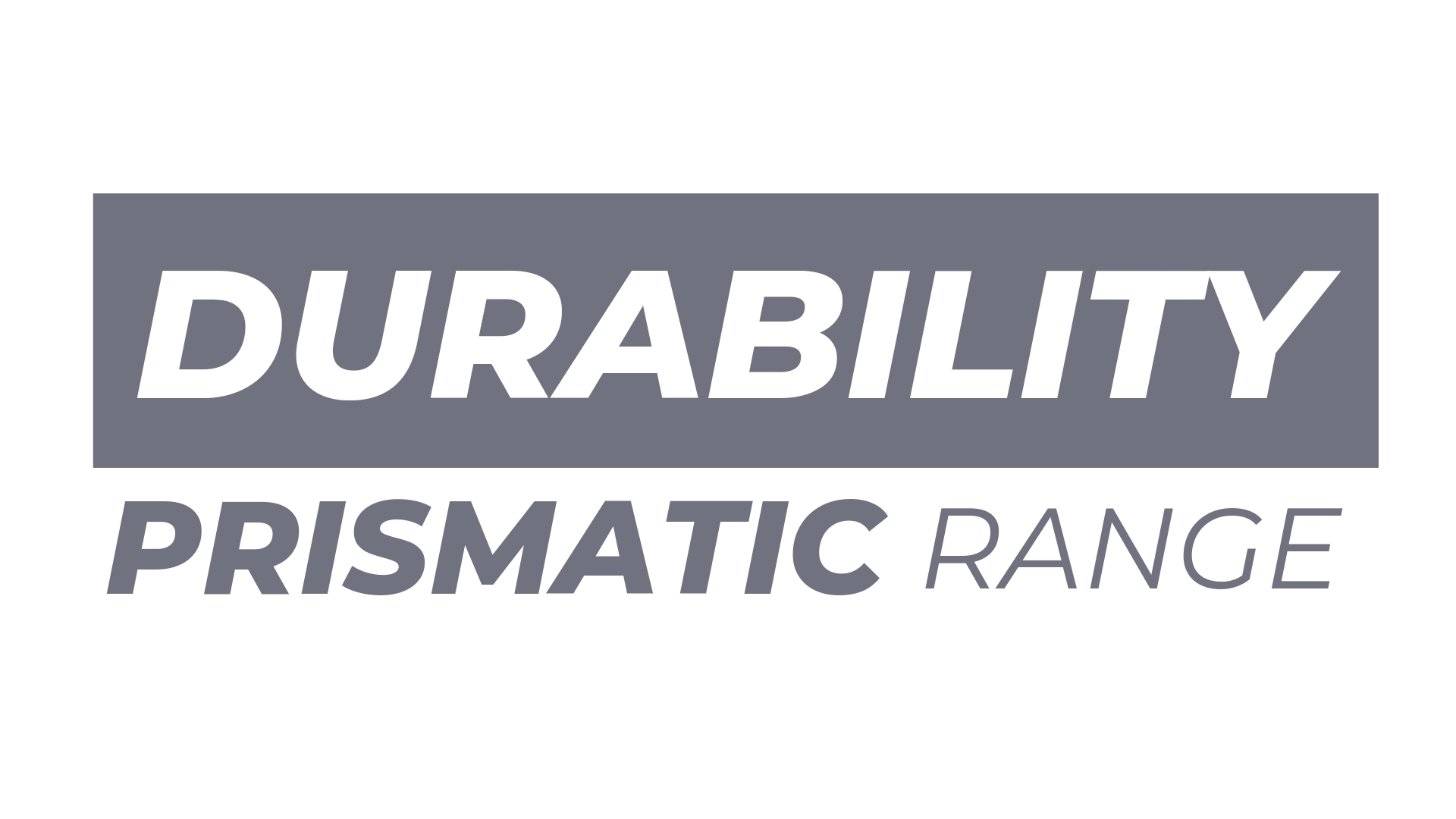

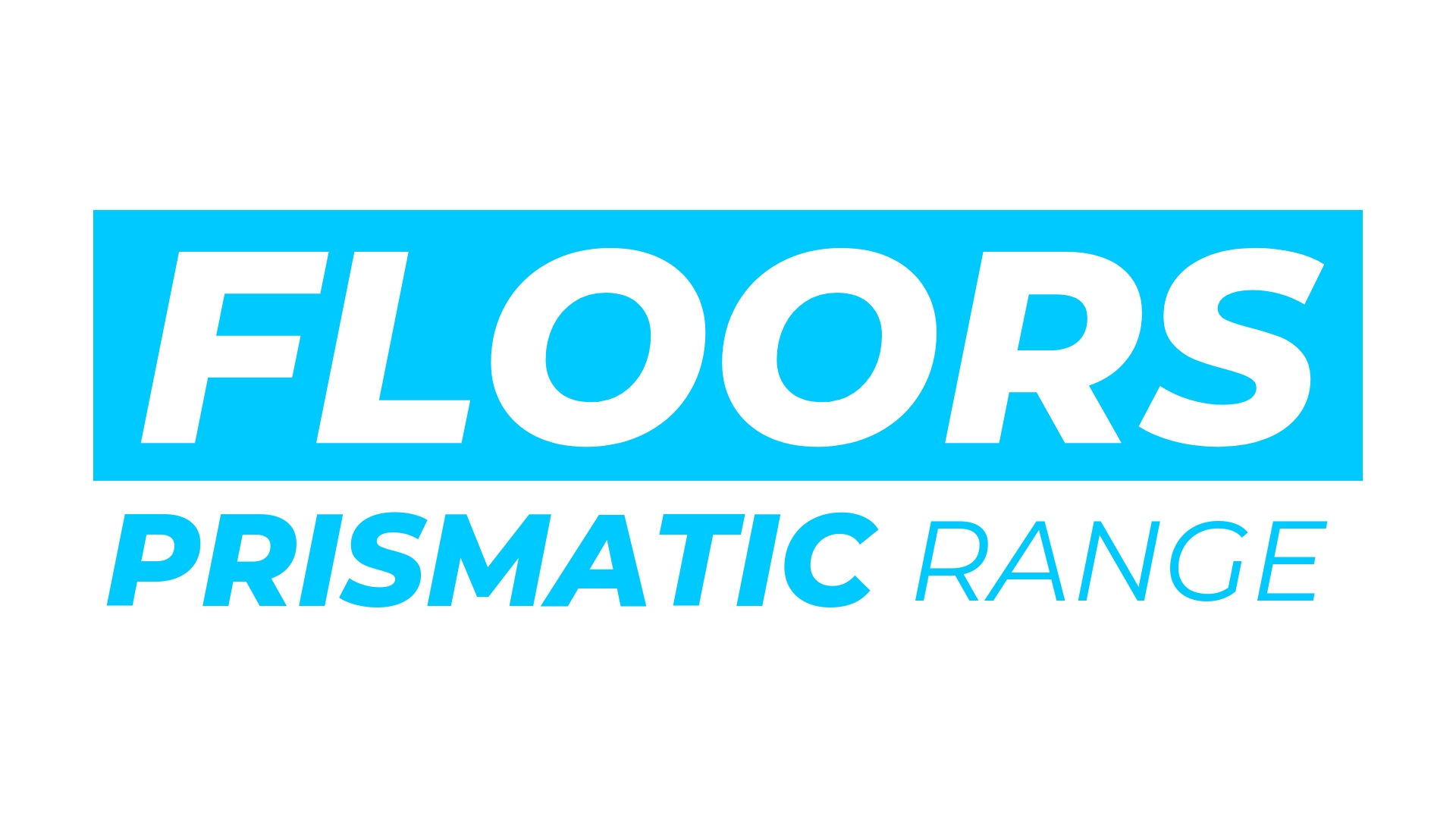
Completed
Projects
Satisfied
Clients
Team
Members
Awards
Winner
Statistic is used to estimate the value of a pofit.
We are dedicated to serve you all time
School playground through RMC Special Concrete Solution
Case Study on PrismXpress concrete
PrismMini A Complete Solution For Small Application
Construction of retaining wall through RMC Special PrismSelf
We draw on our global network to assemble a team of experts.
We're ready to share our advice and experience.
- November 5, 2019
- Prism RMC
Strategy for Norway’s Peion to Fund Global.
- November 5, 2019
- Prism RMC
What we are capable to usually discovered.
- November 5, 2019
- Prism RMC
Food industry leaders often change their.
- November 5, 2019
- Prism RMC
How to go about intiating an start-up.
- November 5, 2019
- Prism RMC
Reasons to explan fast business builder.
Enhancing energy efficiency
Through continuous monitoring and maintenance of equipment and machineries, Prism Johnson strives towards attaining better energy efficiency across all business divisions.
Use of Renewable Energy:
Over the last few years, the Company has ramped up its investment in renewable energy. At present, Prism Cement has an installed capacity of 22.5 MW of solar power and 22.4 MW of WHRS. In 2022-23, around 32% of the Prism Cement’s power consumption requirements were met through green and renewable sources. The Division has also adopted a target to increase the share of renewable power to 50% by 2024-25. Additionally, HRJ has a total installed capacity of 4.5 MW of solar energy across its own plants. The division also leverages the waste heat generated from its kilns for spray drying reducing fossil fuel consumption.
Water Conservation
Prism Johnson’s objective is to optimise withdrawal of groundwater to ensure that it does not adversely impact groundwater levels. Further the Company looks to recharge ground water levels through the rainwater harvesting structures that have been constructed across plants.
Reduction of Clinker Factor and use of alternative materials:
The calcination of limestone into clinker accounts for approximately 50% of the Company’s carbon emissions. Consequently, the substitution of clinker with alternate low-carbon raw materials is one of the primary levers of the Company’s decarbonisation strategy. Prism Cement and Prism RMC use fly ash, Ground Blast Furnace Slag (GGBS), copper slag, and Pulverised Fuel Ash (PFA) as alternative raw materials.
During 2022-23, Prism Cement used 19%, Prism RMC used 2.3% and HRJ used 9.5% of alternative raw materials.
Alternative fuels:
The Company aims to reduce the carbon intensity of its production process by substituting conventional fossil fuels with alternate fuels. Prism Cement uses RDF (Refuse Derived Fuel) in its kilns and has aims to increase the Thermal Substitution Rate (TSR). Additionally, HRJ has been making use of cashew husk and resin waste as a replacement for fossil fuels.
Carbon Sequestration and Carbon Capture and Storage (CSC):
As a part of the Company’s decarbonisation agenda, it aims to explore different CCS technologies. Prism Johnson’s ambition is to experiment with different technologies and reach cost-effective solutions.
The Company reports its ESG performance against the sustainability aspects that are most material to them. The Company developed its materiality matrix at the division level based on extensive discussions with both internal and external stakeholders with an objective to align with the most pertinent topics for the building materials industry, under the current business scenario.
